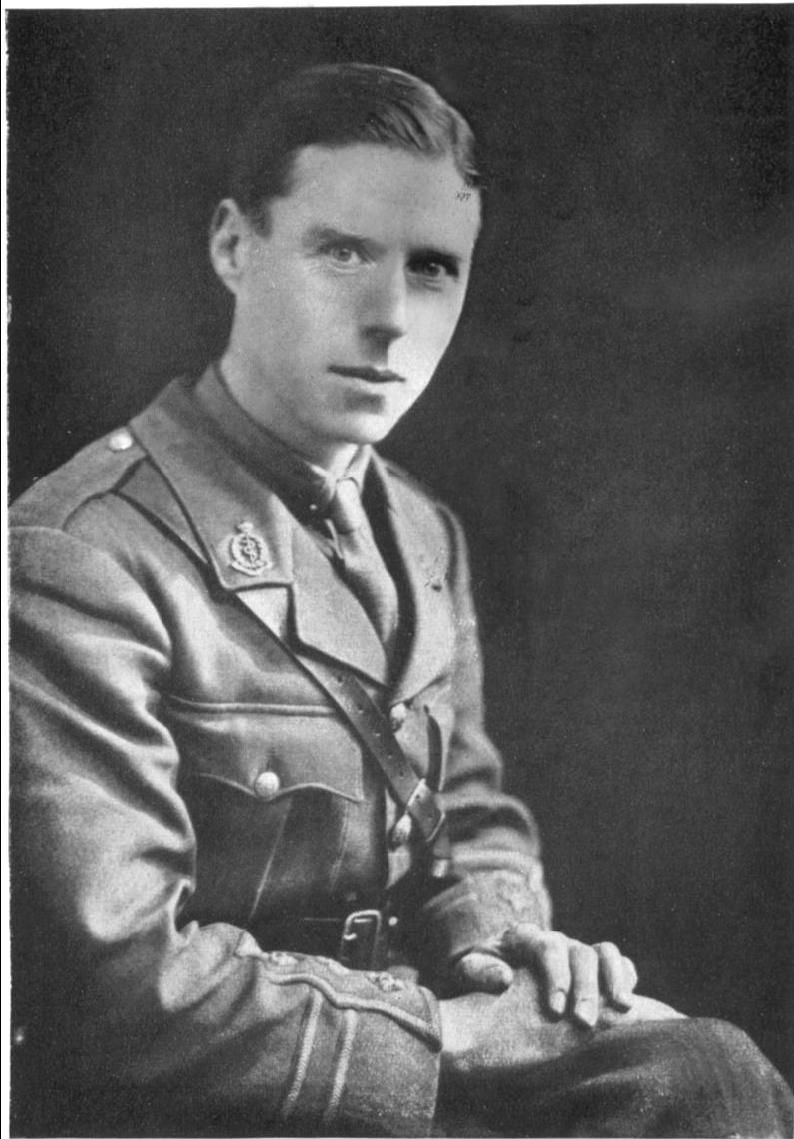- Frederick Twort
Infobox Scientist
name = PAGENAME
box_width =
image_width =150px
caption = PAGENAME
birth_date =22 October ,1877
birth_place =Camberley ,Surrey
death_date =20 March ,1950
death_place =
residence =
citizenship =
nationality = English
ethnicity =
field =bacteriology
work_institutions =University of London
alma_mater =St Thomas's Hospital
doctoral_advisor =
doctoral_students =
known_for =bacteriophage s
author_abbrev_bot =
author_abbrev_zoo =
influences =
influenced =
prizes =
religion =
footnotes =Frederick William Twort (1877-1950) was an English
bacteriologist . He was born inCamberley ,Surrey . He was the original discoverer in 1915 ofbacteriophage s (virus es that infectbacteria ). He studied medicine atSt Thomas's Hospital ,London , was superintendent of the Brown Institute for Animals (a pathology research centre), and he was also professor of bacteriology at theUniversity of London . He researched intoJohne's disease , a chronic intestinal infection of cattle, and also discovered thatvitamin K is needed by growingleprosy bacteria.Twort had one scientific idea which he pursued all of his life. His theory was that pathogenic bacteria required an "Essential Substance" for their growth and vitality. Each organism (bacteria) required a specific and unique nutrient substance that was provided by its host.
In 1914, Twort set out to identify the elusive "Essential Substance" that would allow vaccinia virus to grow in vitro. At the time, smallpox vaccines had to be made in the skin of calves and was almost always contaminated with the bacteria Staphylococcus. Twort speculated that the contaminating bacteria might be the source of the "essential substance" needed by vaccinia to survive. He plated some of the smallpox vaccines on nutrient agar slants and obtained large bacterial colonies of several colours. Upon closer examination of the colonies with a magnifying glass, he found minute glassy areas that would not grow when subcultured. He quickly realized that these glassy areas were the result of the destruction of the bacterial cells and was able to pick from some of these areas and transmit this from one staph colony to another.
He published these results in the Lancet in 1915 ["An investigation on the nature of ultra-microscopic viruses" by F. W. Twort in "Lancet" (1915) Volume 186, pages 1241–1243.] and called the contagion the Bacteriolytic Agent. Further experiments showed that the agent could pass through porcelain filters and that it required bacteria for growth. He toyed with the idea that the Bactriolytic Agent was vaccinia that invaded the bacteria in search of the "Essential Substance".
Twort and others wanted to use these bacteriolytic agents to cure bacterial diseases in humans and animals. When this proved to be unsuccessful, he went back to expanding his original idea that the bacteriolytic agents themselves needed an addition (essential) factor of a more exceptional nature to satisfy their fundamental needs. He searched for a substance that would allow viruses to grow apart from other forms of life (i.e. a host organism) and when this was unsuccessful, he tried to prove that bacteria evolved from viruses. Financial support for his research dwindled and his laboratory was destroyed by a bomb in 1944. The University of London took this opportunity to deprive Twort of his post and research facilities. He retired to live in Camberley and by 1949 his work was largely forgotten and the term Bacteriolytic Agent had been replaced in favour of the term Bacteriophage.
References
:*Paraphrased from Molecular Cloning A Laboratory Manual, Third Edition, Sambrook and Russell, Volume I, p. 2.109. Information Panel: Bacteriophages: Historical Perspective.
*cite journal
quotes = yesyear=1950|month=Jun.
title=PROF. F W Twort
journal=Nature
volume=165
issue=4205
pages=874
publisher = | location = | issn =
pmid = 15423501
bibcode = | oclc =| id = | url = | language = | format = | accessdate = | laysummary = | laysource = | laydate = | quote =
*cite journal
quotes = yes
last=Duckworth
first=D H
authorlink=
year=1976|month=Dec.title="Who discovered bacteriophage?"
journal=Bacteriological reviews
volume=40
issue=4
pages=793-802
publisher = | location = | issn =
pmid = 795414
bibcode = | oclc =| id = | url = | language = | format = | accessdate = | laysummary = | laysource = | laydate = | quote =
*cite journal
quotes = yesyear=1990|month=Feb.
title=The career of F.W. Twort
journal=Nature
volume=343
issue=6258
pages=504
publisher = | location = | issn =
pmid = 2405283
doi = 10.1038/343504a0
bibcode = | oclc =| id = | url = | language = | format = | accessdate = | laysummary = | laysource = | laydate = | quote =
Wikimedia Foundation. 2010.
